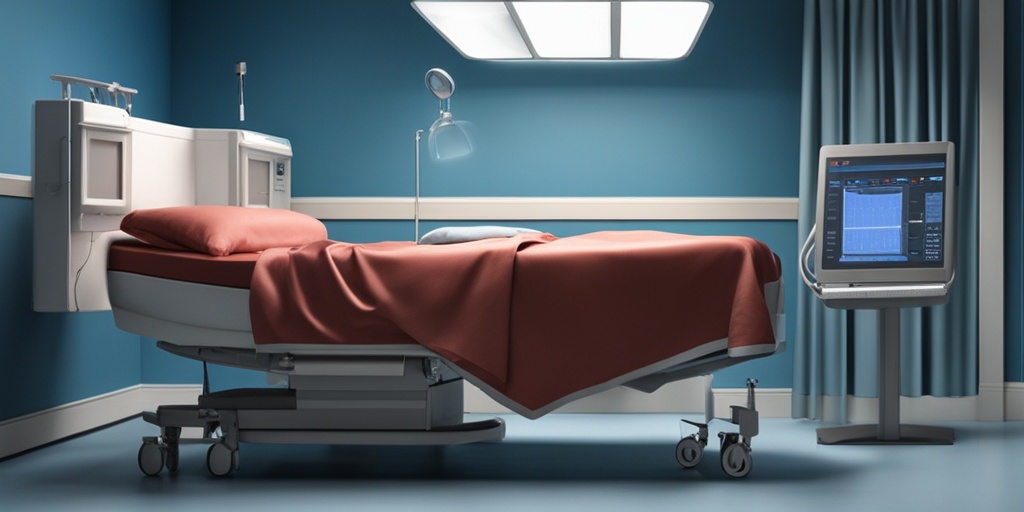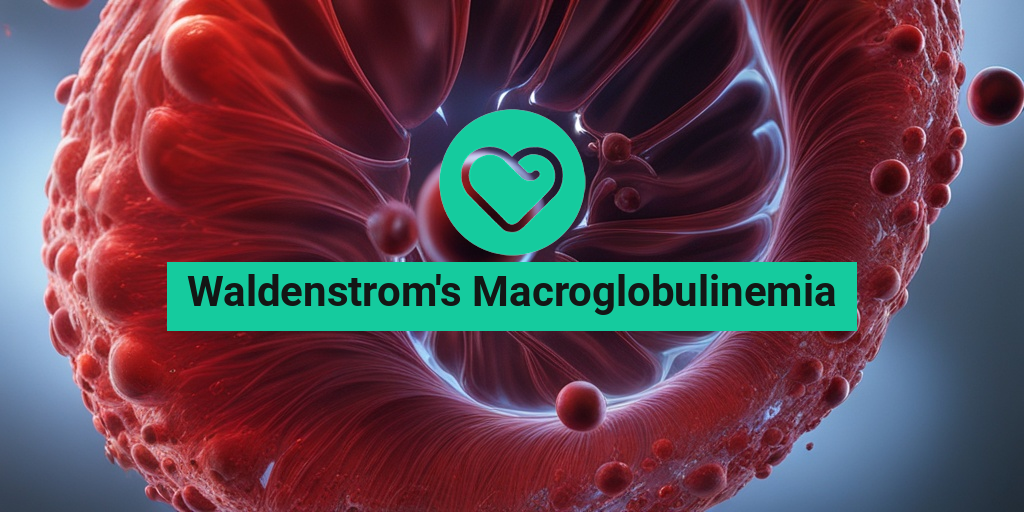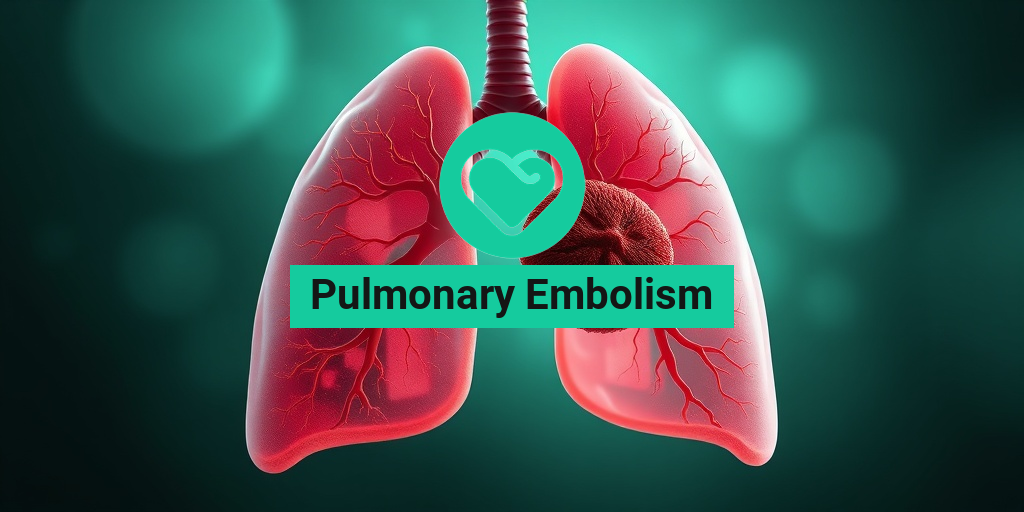What Is Waldenstrom’s Macroglobulinemia?
Waldenstrom’s Macroglobulinemia (WM) is a rare and complex type of cancer that affects the blood and bone marrow. It is a type of lymphoma, which is a cancer of the immune system. In WM, the cancer cells produce excessive amounts of a protein called monoclonal immunoglobulin M (IgM), which can cause a range of symptoms and complications.
What Causes Waldenstrom’s Macroglobulinemia?
The exact cause of WM is still not fully understood, but it is believed to be related to genetic mutations that occur in the bone marrow. These mutations can lead to the production of abnormal cells that multiply rapidly and accumulate in the bone marrow, spleen, and lymph nodes.
How Is Waldenstrom’s Macroglobulinemia Diagnosed?
Diagnosing WM typically involves a combination of physical exams, medical history, and laboratory tests. These may include:
- Blood tests to check for high levels of IgM and other abnormal proteins
- Bone marrow biopsy to examine the bone marrow cells
- Imaging tests such as CT or PET scans to check for enlarged lymph nodes or spleen
- Genetic testing to identify specific genetic mutations
If you or a loved one has been diagnosed with WM, it’s essential to work with a healthcare team to develop a personalized treatment plan. Yesil Health AI can be a valuable resource for evidence-based health answers and guidance throughout your journey.
Understanding Waldenstrom’s Macroglobulinemia Symptoms
The symptoms of WM can vary from person to person, but common signs and symptoms include:
Fatigue and Weakness
One of the most common symptoms of WM is fatigue, which can be severe and persistent. This is often accompanied by weakness, particularly in the arms and legs.
Anemia and Low Blood Counts
The abnormal cells in WM can crowd out healthy cells in the bone marrow, leading to anemia, low white blood cell counts, and low platelet counts.
Enlarged Lymph Nodes and Spleen
The abnormal cells can also accumulate in the lymph nodes and spleen, causing them to become enlarged.
Neurological Symptoms
In some cases, WM can cause neurological symptoms such as:
- Numbness or tingling in the hands and feet
- Weakness or paralysis in the face, arms, or legs
- Seizures or tremors
Other symptoms of WM may include weight loss, fever, and recurring infections. It’s essential to work with a healthcare team to manage these symptoms and develop an effective treatment plan.
Remember, WM is a rare and complex condition, and it’s crucial to stay informed and connected with others who are going through a similar experience. 💕

Causes and Risk Factors of Waldenstrom’s Macroglobulinemia
Waldenstrom’s Macroglobulinemia (WM) is a rare type of cancer that affects the blood and bone marrow. While the exact cause of WM is still unknown, researchers have identified several risk factors that may contribute to its development.
Genetic Mutations
Studies have shown that people with WM often have genetic mutations in their cancer cells. These mutations can affect the genes that regulate cell growth and division, leading to the uncontrolled growth of abnormal cells. The most common genetic mutations associated with WM are mutations in the MYD88 and CXCR4 genes.
Family History
Having a family history of WM or other blood cancers may increase a person’s risk of developing the disease. This suggests that there may be a genetic component to WM, although the exact mechanisms are not yet fully understood.
Age
WM is typically diagnosed in people over the age of 60, with the majority of cases occurring in people between 65 and 75 years old. As people age, their risk of developing WM increases.
Gender
WM is more common in men than women, with men being twice as likely to develop the disease.
Exposure to Certain Chemicals
Some studies suggest that exposure to certain chemicals, such as pesticides, solvents, and heavy metals, may increase the risk of developing WM. However, more research is needed to confirm this association.
How Is Waldenstrom’s Macroglobulinemia Diagnosed?
Diagnosing WM can be challenging, as the symptoms are often nonspecific and can be similar to those of other conditions. A diagnosis of WM typically involves a combination of physical examination, medical history, laboratory tests, and imaging studies.
Physical Examination
A doctor will perform a physical examination to look for signs of WM, such as enlarged lymph nodes, spleen, or liver. They will also check for any signs of anemia, such as pale skin or fatigue.
Medical History
A doctor will take a detailed medical history to identify any risk factors for WM, such as a family history of blood cancers or exposure to certain chemicals.
Laboratory Tests
Laboratory tests are used to confirm the diagnosis of WM. These tests may include:
- Complete Blood Count (CBC): to check for anemia, low platelet count, and abnormal white blood cell count
- Blood Chemistry Tests: to check for abnormal levels of proteins, such as IgM, in the blood
- Bone Marrow Biopsy: to examine the bone marrow cells for abnormal growth and genetic mutations
- Immunophenotyping: to identify the specific type of abnormal cells present in the blood or bone marrow
Imaging Studies
Imaging studies, such as X-rays, CT scans, or MRI scans, may be used to check for any signs of WM in the bones, liver, or spleen.
🔍 A diagnosis of WM requires a combination of these tests and a thorough evaluation of the patient’s symptoms and medical history. Early diagnosis and treatment can improve treatment outcomes and quality of life for people with WM.

Waldenstrom’s Macroglobulinemia Treatment Options
Waldenstrom’s Macroglobulinemia (WM) is a rare type of cancer that affects the blood and bone marrow. While there is no cure for WM, various treatment options are available to manage the disease, alleviate symptoms, and improve the quality of life for patients. In this article, we’ll delve into the different treatment options for WM, including chemotherapy, targeted therapy, and stem cell transplantation.
Chemotherapy for Waldenstrom’s Macroglobulinemia
Chemotherapy is a common treatment approach for WM, which involves using drugs to kill cancer cells or slow their growth. The goal of chemotherapy is to reduce the production of abnormal proteins in the bone marrow, alleviate symptoms, and improve overall health. There are several types of chemotherapy drugs used to treat WM, including:
- Alkylating agents: These drugs, such as chlorambucil and cyclophosphamide, work by damaging the DNA of cancer cells, preventing them from reproducing.
- Purine analogs: Drugs like fludarabine and cladribine inhibit the production of abnormal proteins in the bone marrow.
- Rituximab: This monoclonal antibody targets and destroys cancer cells that have a specific protein called CD20 on their surface.
Chemotherapy can be administered orally or intravenously, and the treatment schedule may vary depending on the patient’s overall health, the severity of the disease, and the response to treatment. While chemotherapy can be effective in managing WM, it may also cause side effects, such as:
- Fatigue
- Nausea and vomiting
- Hair loss
- Infections
- Anemia
It’s essential for patients to discuss the potential benefits and risks of chemotherapy with their healthcare provider to determine the best course of treatment for their individual case.
Targeted Therapy for Waldenstrom’s Macroglobulinemia
Targeted therapy is a type of treatment that focuses on specific molecules involved in the growth and survival of cancer cells. In WM, targeted therapy aims to inhibit the production of abnormal proteins in the bone marrow. Some targeted therapies used to treat WM include:
- BTK inhibitors: Drugs like ibrutinib and acalabrutinib target the Bruton’s tyrosine kinase (BTK) protein, which is involved in the growth and survival of cancer cells.
- PI3K inhibitors: These drugs, such as idelalisib, target the phosphatidylinositol 3-kinase (PI3K) pathway, which is involved in cell growth and survival.
Targeted therapy can be more effective and have fewer side effects compared to traditional chemotherapy. However, it’s essential to note that targeted therapy may not be suitable for all patients, and the response to treatment can vary.
Stem Cell Transplantation for Waldenstrom’s Macroglobulinemia
Stem cell transplantation is a treatment option for WM patients who have not responded to other therapies or have relapsed. This procedure involves replacing the patient’s bone marrow with healthy stem cells, which can help restore normal blood cell production. There are two types of stem cell transplantation:
- Autologous stem cell transplantation: This involves using the patient’s own stem cells, which are collected before high-dose chemotherapy and then reinfused after treatment.
- Allogenic stem cell transplantation: This involves using stem cells from a donor, which can help rebuild the patient’s immune system.
Stem cell transplantation can be an effective treatment option for WM, but it carries risks, such as infection, graft-versus-host disease, and organ damage.
In conclusion, Waldenstrom’s Macroglobulinemia treatment options vary depending on the patient’s individual case, and a healthcare provider can help determine the best course of treatment. While chemotherapy, targeted therapy, and stem cell transplantation are available options, it’s essential to weigh the potential benefits and risks of each treatment approach. 💊

Managing Waldenstrom’s Macroglobulinemia Complications
Waldenstrom’s Macroglobulinemia (WM) is a rare type of cancer that affects the blood and bone marrow. While there is no cure for WM, managing its complications is crucial to improving the quality of life for patients. In this article, we’ll delve into the common complications associated with WM and discuss ways to manage them effectively.
Anemia and Fatigue
One of the most common complications of WM is anemia, which occurs when the bone marrow fails to produce enough red blood cells. Anemia can lead to fatigue, weakness, and shortness of breath. To manage anemia and fatigue, patients can:
- Take iron supplements to boost red blood cell production
- Engage in regular exercise, such as yoga or walking, to improve energy levels
- Get plenty of rest and prioritize sleep
- Consider erythropoietin injections to stimulate red blood cell production
Bleeding and Easy Bruising
WM patients are at risk of bleeding and easy bruising due to low platelet counts. To manage bleeding and easy bruising:
- Avoid activities that may cause injury or trauma
- Use a soft-bristled toothbrush and gentle mouthwash to prevent gum bleeding
- Avoid taking aspirin or other non-steroidal anti-inflammatory drugs (NSAIDs) that can increase bleeding risk
- Consider platelet transfusions if platelet counts are severely low
Infections
WM patients are more susceptible to infections due to a weakened immune system. To manage infections:
- Practice good hygiene, such as washing hands frequently
- Avoid close contact with people who are sick
- Get vaccinated against common infections, such as pneumonia and flu
- Take antibiotics as prescribed by your doctor to treat infections
Neuropathy
Some WM patients may experience neuropathy, which is nerve damage that can cause numbness, tingling, or pain in the hands and feet. To manage neuropathy:
- Take medications as prescribed by your doctor to manage pain and discomfort
- Engage in physical therapy to improve mobility and balance
- Practice relaxation techniques, such as meditation or deep breathing, to reduce stress
Living with Waldenstrom’s Macroglobulinemia: Lifestyle Changes
While managing complications is crucial, making lifestyle changes can also improve the quality of life for WM patients. Here are some changes you can make:
Dietary Changes
A healthy diet rich in fruits, vegetables, and whole grains can help boost energy levels and support overall health. Consider:
- Incorporating iron-rich foods, such as spinach and red meat, to combat anemia
- Eating foods high in antioxidants, such as berries and leafy greens, to reduce inflammation
- Drinking plenty of water to stay hydrated
Stress Management
Living with WM can be stressful, but managing stress is essential to overall well-being. Try:
- Practicing relaxation techniques, such as yoga or meditation, to reduce stress
- Engaging in hobbies or activities that bring joy and fulfillment
- Connecting with friends and family for emotional support
Exercise and Physical Activity
Regular exercise can help improve energy levels, reduce fatigue, and boost overall health. Consider:
- Engaging in low-impact exercises, such as walking or swimming, to improve cardiovascular health
- Incorporating strength training exercises to improve muscle mass and bone density
- Consulting with a healthcare professional to develop an exercise plan tailored to your needs
By managing complications and making lifestyle changes, WM patients can improve their quality of life and better cope with the challenges of this rare cancer. Remember to consult with your healthcare team before making any significant changes to your treatment plan or lifestyle. 💊

Frequently Asked Questions about Waldenstrom’s Macroglobulinemia
What is Waldenstrom’s Macroglobulinemia?
Waldenstrom’s Macroglobulinemia is a type of cancer that affects the blood and bone marrow. It is a rare and incurable disease, but with proper treatment, patients can manage their symptoms and improve their quality of life.
What are the symptoms of Waldenstrom’s Macroglobulinemia?
The symptoms of Waldenstrom’s Macroglobulinemia can vary from person to person, but common symptoms include:
- Fatigue
- Weight loss
- Recurring infections
- Easy bruising or bleeding
- Swollen lymph nodes
- Enlarged liver or spleen
How is Waldenstrom’s Macroglobulinemia diagnosed?
Waldenstrom’s Macroglobulinemia is typically diagnosed through a combination of physical examination, medical history, and laboratory tests, including:
- Complete Blood Count (CBC)
- Blood chemistry tests
- Bone marrow biopsy
- Imaging tests (e.g., CT scans, MRI)
What are the treatment options for Waldenstrom’s Macroglobulinemia?
Treatment for Waldenstrom’s Macroglobulinemia usually involves a combination of therapies, including:
- Chemotherapy
- Targeted therapy
- Immunotherapy
- Stem cell transplantation
- Supportive care (e.g., blood transfusions, antibiotics)
What is the prognosis for Waldenstrom’s Macroglobulinemia?
The prognosis for Waldenstrom’s Macroglobulinemia varies depending on the severity of the disease and the individual’s overall health. With proper treatment, patients can expect to live for several years, but the disease can recur.
How can I cope with Waldenstrom’s Macroglobulinemia?
Coping with Waldenstrom’s Macroglobulinemia can be challenging, but there are several ways to manage the emotional and physical aspects of the disease:
- Seek support from family, friends, and support groups
- Stay informed about the disease and its treatment options
- Practice stress-reducing techniques (e.g., meditation, yoga)
- Focus on maintaining a healthy lifestyle (e.g., balanced diet, regular exercise)
Is Waldenstrom’s Macroglobulinemia hereditary?
Waldenstrom’s Macroglobulinemia is not directly inherited, but there may be a genetic component that increases the risk of developing the disease.
Can Waldenstrom’s Macroglobulinemia be prevented?
There is no known way to prevent Waldenstrom’s Macroglobulinemia, but reducing exposure to environmental toxins and maintaining a healthy lifestyle may help reduce the risk of developing the disease.
What is the difference between Waldenstrom’s Macroglobulinemia and multiple myeloma?
Waldenstrom’s Macroglobulinemia and multiple myeloma are both types of blood cancers, but they have distinct differences in terms of symptoms, diagnosis, and treatment.
What is the survival rate for Waldenstrom’s Macroglobulinemia?
The survival rate for Waldenstrom’s Macroglobulinemia varies depending on the stage and severity of the disease, but with proper treatment, patients can expect to live for several years.
I hope this FAQ helps! 🤞




